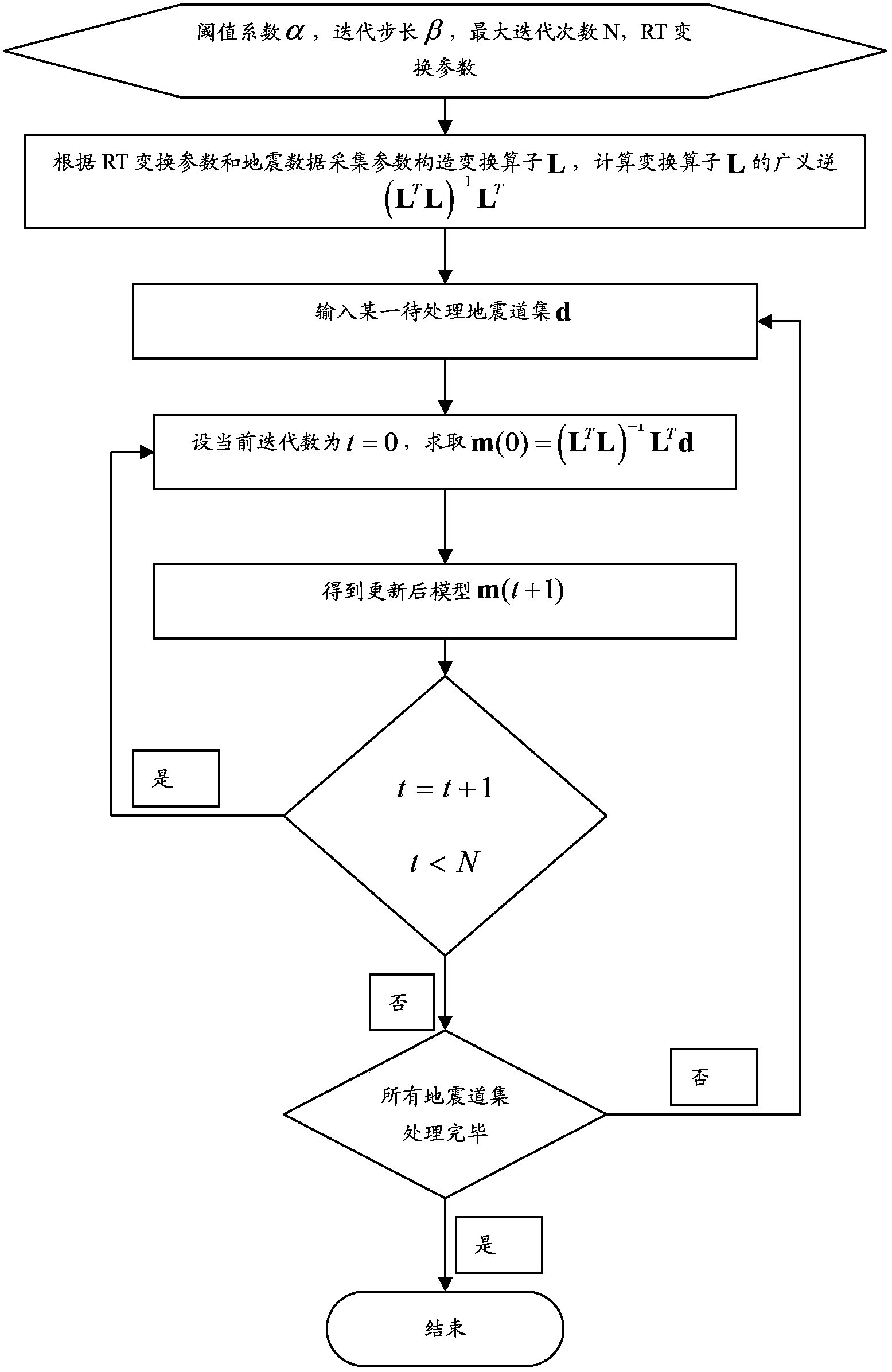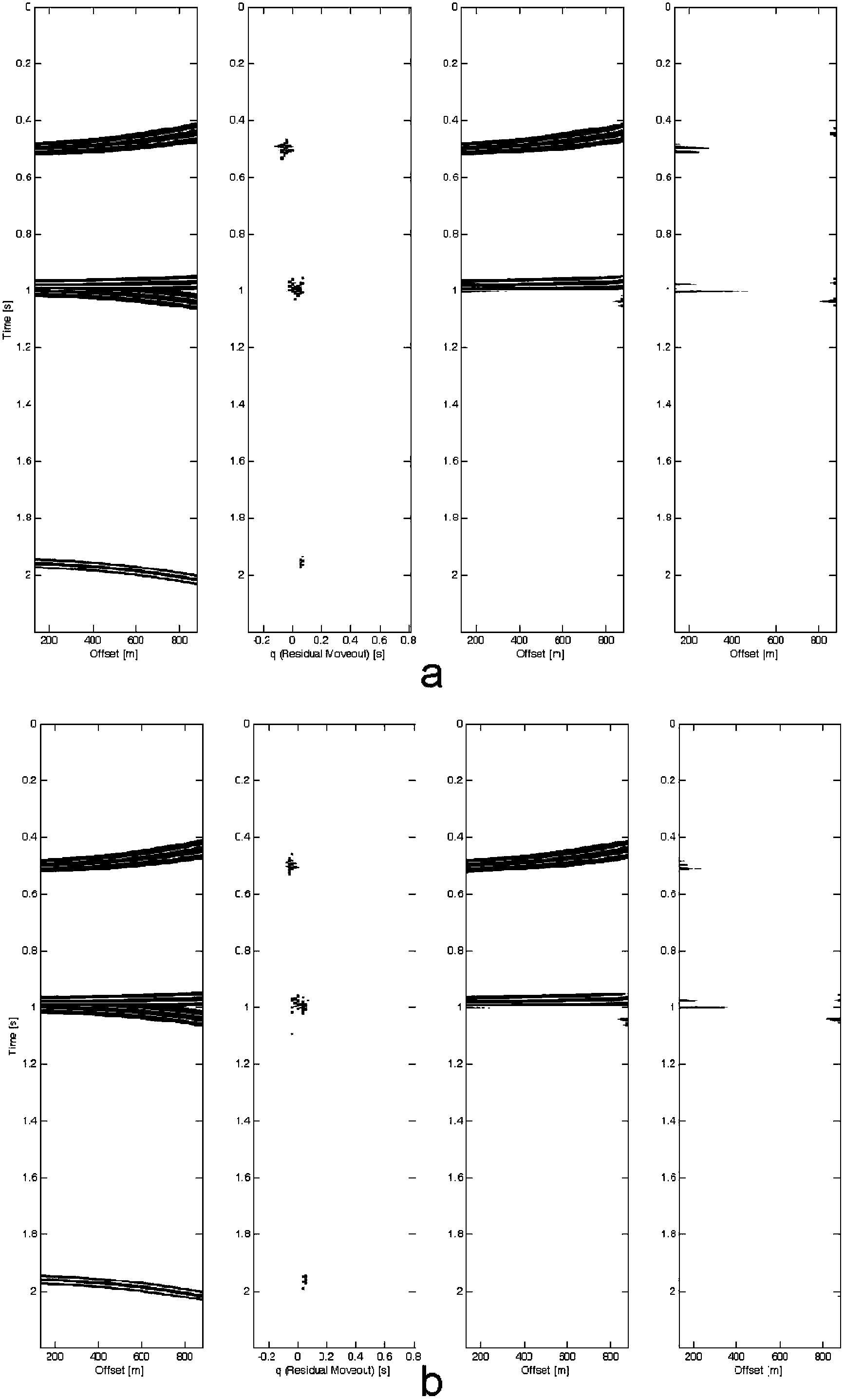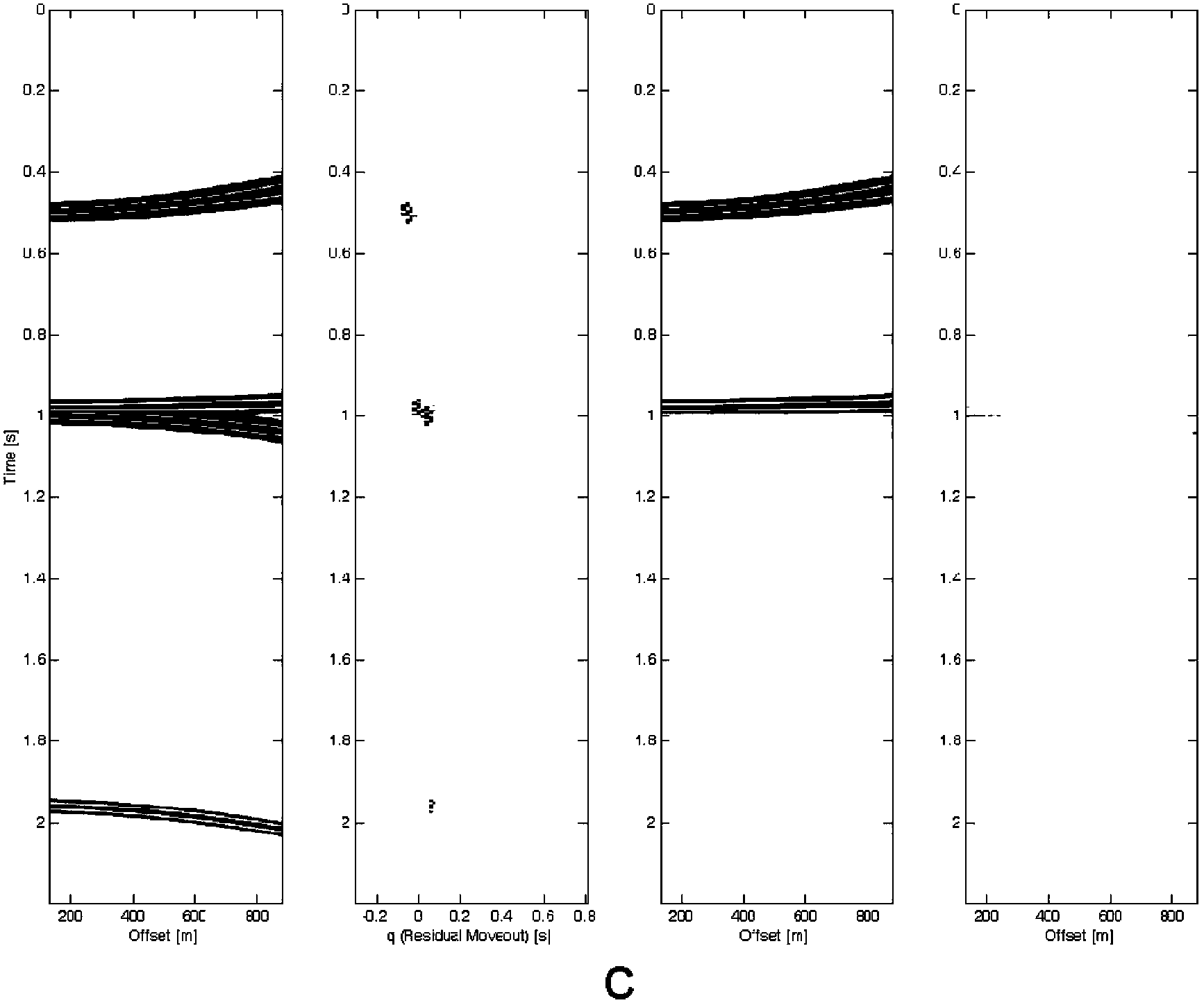Quick sparse Radon transformation method based on iterative shrinkage
An iterative contraction and fast technology, applied in the field of data processing, can solve the problems of large amount of calculation, slow speed of sparse Radon transformation, etc., and achieve the effect of reducing the amount of calculation
- Summary
- Abstract
- Description
- Claims
- Application Information
AI Technical Summary
Problems solved by technology
Method used
Image
Examples
Embodiment Construction
[0033] Embodiments of the present invention are described in detail below, examples of which are shown in the drawings, wherein the same or similar reference numerals designate the same or similar elements or elements having the same or similar functions throughout. The embodiments described below by referring to the figures are exemplary only for explaining the present invention and should not be construed as limiting the present invention.
[0034] The present invention proposes a fast sparse Radon transform method based on iterative contraction, which is more suitable for seismic data processing with huge data volume, such as figure 1 As shown, the fast sparse Radon transform method based on iterative contraction includes the following steps:
[0035] S1: Set the initial value of the variable. In this embodiment, the variable that needs to be set to the initial value includes the threshold coefficient α, the iteration step size β, the maximum number of iterations N and the ...
PUM
 Login to View More
Login to View More Abstract
Description
Claims
Application Information
 Login to View More
Login to View More - R&D
- Intellectual Property
- Life Sciences
- Materials
- Tech Scout
- Unparalleled Data Quality
- Higher Quality Content
- 60% Fewer Hallucinations
Browse by: Latest US Patents, China's latest patents, Technical Efficacy Thesaurus, Application Domain, Technology Topic, Popular Technical Reports.
© 2025 PatSnap. All rights reserved.Legal|Privacy policy|Modern Slavery Act Transparency Statement|Sitemap|About US| Contact US: help@patsnap.com



